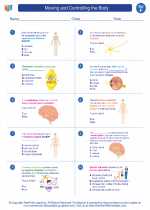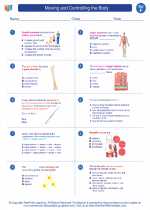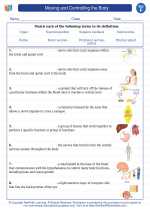Peripheral Nervous System
The peripheral nervous system (PNS) is a complex network of nerves and ganglia outside the brain and spinal cord. It is responsible for connecting the central nervous system to the rest of the body, allowing for communication between the CNS and the limbs, organs, and sensory receptors. The PNS is further divided into the somatic nervous system and the autonomic nervous system.
Somatic Nervous System
The somatic nervous system controls voluntary movements and transmits sensory information to the CNS. It consists of motor neurons that carry signals from the CNS to the skeletal muscles, allowing for conscious control of movement, as well as sensory neurons that convey information from sensory receptors to the CNS, providing feedback about the external environment.
Autonomic Nervous System
The autonomic nervous system regulates involuntary bodily functions, such as heart rate, digestion, respiratory rate, and other automatic processes. It is further divided into the sympathetic and parasympathetic divisions, which often have opposing effects on the body's physiological functions, maintaining internal balance and responding to external stimuli.
Study Guide for the Peripheral Nervous System:
- Describe the function of the peripheral nervous system.
- Differentiate between the somatic and autonomic nervous systems.
- Explain the role of the somatic nervous system in voluntary movements.
- Discuss the functions of the autonomic nervous system in regulating involuntary bodily processes.
- Compare and contrast the sympathetic and parasympathetic divisions of the autonomic nervous system.
- Provide examples of how the peripheral nervous system coordinates with the central nervous system to respond to stimuli and maintain homeostasis.
[Peripheral Nervous System] Related Worksheets and Study Guides:
.◂Science Worksheets and Study Guides Sixth Grade. Moving and Controlling the Body

 Worksheet/Answer key
Worksheet/Answer key
 Worksheet/Answer key
Worksheet/Answer key
 Vocabulary/Answer key
Vocabulary/Answer key
 Vocabulary/Answer key
Vocabulary/Answer key
 Vocabulary/Answer key
Vocabulary/Answer key
